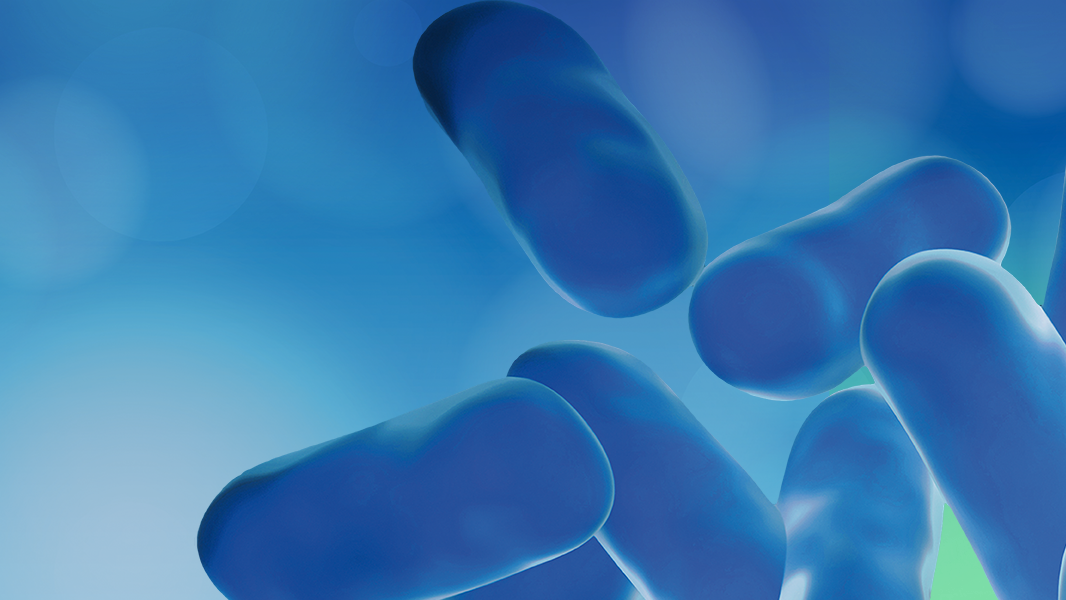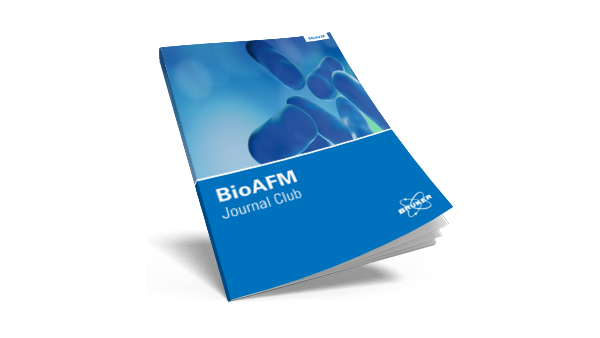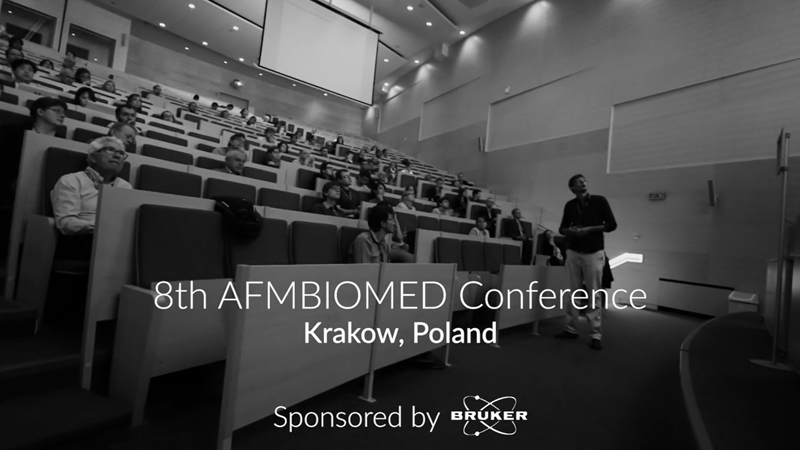Adsorption of SARS-CoV-2 Spike Protein S1 at Oxide Surfaces Studied by High-Speed Atomic Force Microscopy
Advanced NanoBiomed Research 2021, 1, 2000024
DOI: 10.1002/anbr.202000024
In this publication, researchers used atomic force microscopy (AFM) to study the adsorption of the SARS-CoV-2 spike protein subunit (S1) at fomite surfaces, modelled using Al2O3 (0001), and TiO2 (100) interfaces in situ. Our daily lives have all been affected by the global pandemic over the last 15 months, with over 130 million cases and nearly 3 million official deaths worldwide (as of April 8th, 2021). As the S1 spike protein is the outermost point of the viral envelope, understanding its interaction with surfaces is an important milestone on the way to overcoming the spread of COVID-19.
By using fast AFM scanning, the authors evaluated the adsorption kinetics of recombinant SARS-CoV-2 S1 proteins from a time-dependent surface coverage on the AFM images. The range of electrolyte conditions investigated was chosen to mimic the pH and ionic composition of airway mucosal secretions and saliva as relevant biological fluids for viral transmission. The results point towards a stronger adsorption at TiO2 (100) surfaces than Al2O3 (0001). This may be related to the lower isoelectric point and larger Hamaker constant of the TiO2 (100) crystal substrate, which would favour stronger electrostatic and van der Waals interactions with the S1 spike protein that carries an overall positive net charge at the investigated physiological pH.



